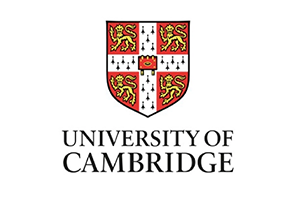X

The University of Cambridge (legally The Chancellor, Masters, and Scholars of the University of Cambridge) is a collegiate research university in Cambridge, United Kingdom. Founded in 1209and granted a royal charter by King Henry III in 1231, Cambridge is the second-oldest university in the English-speaking world and the world's fourth-oldest surviving university. The university grew out of an association of scholars who left the University of Oxford after a dispute with the townspeople.The two 'ancient universities' share many common features and are often referred to jointly as 'Oxbridge'.
Cambridge is formed from a variety of institutions which include 31 semi-autonomous constituent Colleges and over 100 academic departments organised into six schools. Cambridge University Press, a department of the university, is the world's oldest publishing house and the second-largest university press in the world. Cambridge Assessment, also a department of the university, is one of the world's leading examining bodies and provides assessment to over eight million learners globally every year. The university also operates eight cultural and scientific museums, including the Fitzwilliam Museum, as well as a botanic garden. Cambridge's libraries, of which there are 116, hold a total of around 16 million books, around nine million of which are in Cambridge University Library, a legal deposit library. The university is home to, but independent of, the Cambridge Union - the world's oldest debating society. The university is closely linked to the development of the high-tech business cluster known as 'Silicon Fen'. It is the central member of Cambridge University Health Partners, an academic health science centre based around the Cambridge Biomedical Campus.
For more details click here.